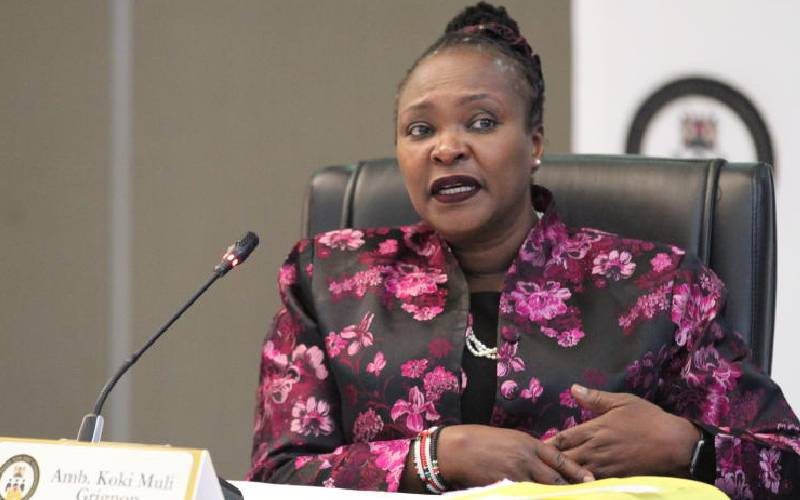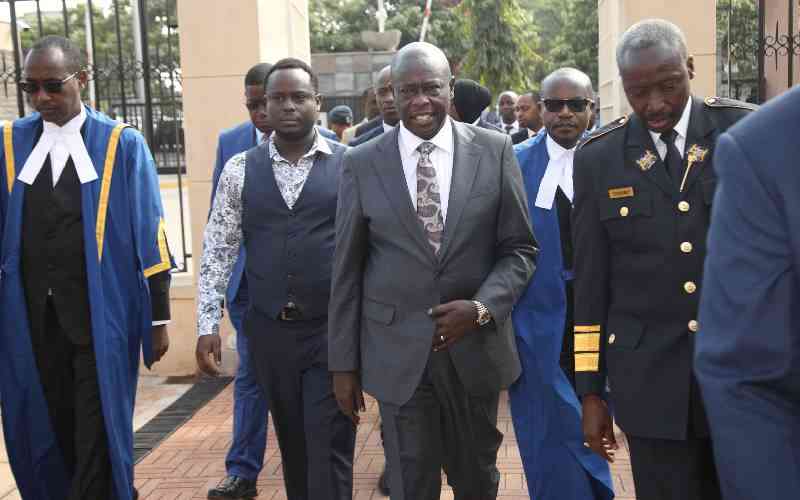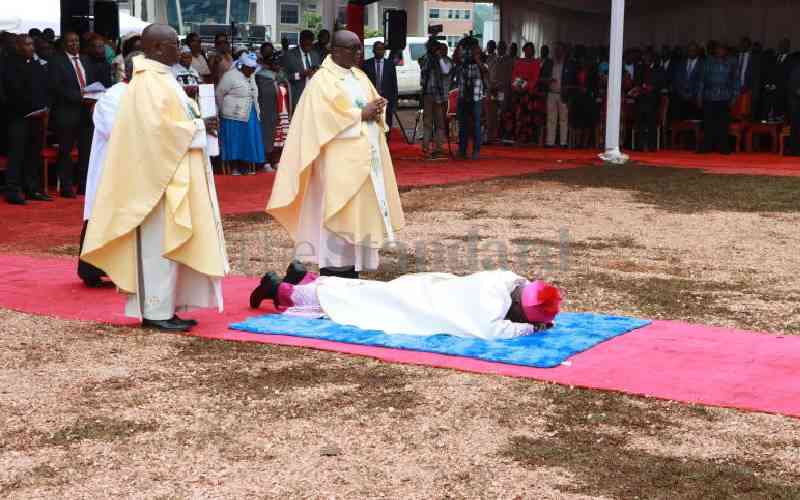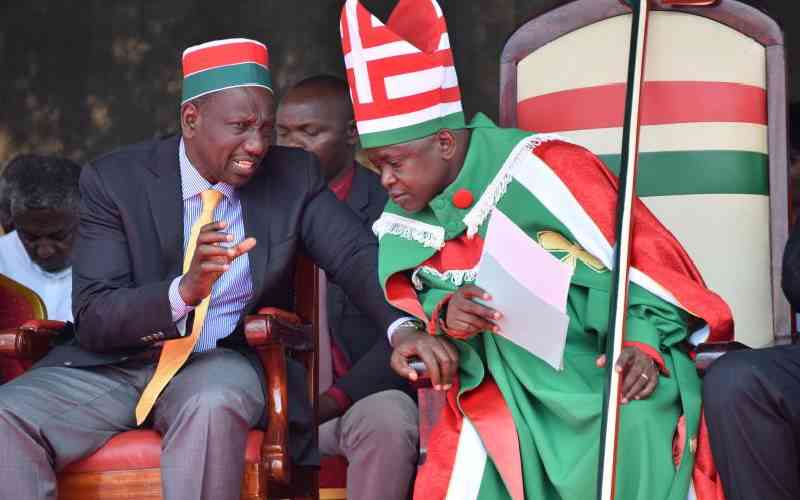
It’s not easy to know what the political class aimed to achieve by amending the Election Laws, 2016.
One thing is however clear; CORD and Jubilee are protecting narrowed interests whose agenda is anyone’s guess. The decision to have the Independent Electoral and Boundaries Commission (IEBC) transmit election results electronically or technologically came in the backdrop of massive technological failure in 2013.
This in itself was a motivation to acquire better technology or a discouragement to avoid wholesome dependence on technology. How you view this issue depends on where you stand.
Under Voter Registration and Data Management, the commission has made it clear that it is using database software known as Oracle 11G, plus other database management software such as SQL and MySQL.
Of course, electronic transmission of results can fail due to the same reasons raised by Jubilee Party, including lack of or inadequate network coverage and unbearable pressure on the system, which could be as a result of high amount of processes running on the system at the same time. Each of these inadequacies has got technological and manual solutions.
Technologically, when a Results Transmission System (RTS) is overstretched, operators can change process scheduling from higher algorithmic operations to lower ones. The effect of this is that transmission of results will take longer time than expected, but eventually all will be well.
In cases where there is lack of network coverage, the easiest solution is to construct network systems in such places. Another option would be rent or buy satellite technology for transmission of results. The third option would be to go manual as it were in the previous elections.
In a heated debate that led to a bitter altercation among Members of Parliament, Jubilee Party marshalled its “tyranny of numbers” in the National Assembly and Senate to pass Election Laws (Amendment) Bill 2016 despite massive protest from the Opposition.
The provisions of Section 44 (as amended by National Assembly on December 22, 2016) allowed IEBC to put in place a “complementary mechanism” for identification of voters.
Even though the amended laws haven’t outlined the steps for the supposed complementary mechanisms, there is no doubt that the MPs who supported the amendments would like IEBC to print hard-copied books which will also act as registers. The law was also amended to allow IEBC to develop other complementary mechanisms for transmission of election results.
However, lack of clarity in the definition of “complementary mechanisms” has made Opposition and IEBC the biggest winners of the parliamentary contest.
IEBC was seeking changes to the law to allow them use facial images – captured during voter registration to be used as key identifiers, especially in the event that BVR kits would fail to identify a potential voter.
The commission was also seeking alteration of the law to allow them use other key identifiers to authenticate voters.
Technically, IEBC got all that they wanted – since the amended laws allow them to choose what they want to do, including incorporating CORD and Jubilee Party suggestions. In fact, the commission is at liberty to develop new complementary electronic register and transmission mechanisms that will work hand in hand with the present systems.
Stay informed. Subscribe to our newsletter
During registration of voters, IEBC databases will save content as file extensions of Wavelet Scalar Quantization (WSQ) algorithm, which is a compression algorithm used for gray-scale fingerprint images, facial recognition, hand geometry, earlobe geometry, retina and iris patterns, voice waves, DNA, and signatures.
A majority of voters have been biometrically registered using their fingerprints. As such, these databases will also use a matching algorithm known as Automated Fingerprint Identification System (AFIS) to identify potential voters.
IEBC should exploit this leeway so as to conduct a free, fair and credible election – through implantation of most recent technology in registry management and election results transmission.
 The Standard Group Plc is a
multi-media organization with investments in media platforms spanning newspaper
print operations, television, radio broadcasting, digital and online services. The
Standard Group is recognized as a leading multi-media house in Kenya with a key
influence in matters of national and international interest.
The Standard Group Plc is a
multi-media organization with investments in media platforms spanning newspaper
print operations, television, radio broadcasting, digital and online services. The
Standard Group is recognized as a leading multi-media house in Kenya with a key
influence in matters of national and international interest.
 The Standard Group Plc is a
multi-media organization with investments in media platforms spanning newspaper
print operations, television, radio broadcasting, digital and online services. The
Standard Group is recognized as a leading multi-media house in Kenya with a key
influence in matters of national and international interest.
The Standard Group Plc is a
multi-media organization with investments in media platforms spanning newspaper
print operations, television, radio broadcasting, digital and online services. The
Standard Group is recognized as a leading multi-media house in Kenya with a key
influence in matters of national and international interest.










